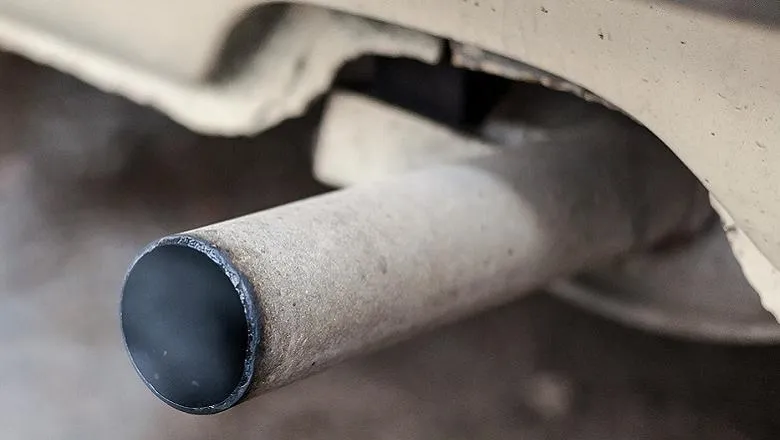18 November 2019
Lifetime exposure to air pollution could shorten children's lives
A new King's report released today by UK100 has shown the stark impacts of air pollution on life expectancy in one of England’s largest cities, Bristol.

The new research shows that in Bristol alone, air pollution contributed to five people dying prematurely every week (up to 260 for the year) as a result of high levels of air pollution from PM2.5 and NO2.
The study looked at the combined impact of PM2.5 (particulate matter) - mainly sourced from domestic wood and coal burning and industrial combustion and NO2 (Nitrogen Dioxide) - which in cities primarily comes from older polluting vehicles. These pollutants were estimate to lead to up to 36,000 deaths across the UK in 2013, and contribute to a wide range of health conditions including asthma, lung cancer, heart disease, strokes and, possibly, diabetes.
This is the first time that new government guidance on “mortality burdens” of air pollution developed by a government advisory committee (COMEAP) have been applied in practice to the largest city in the South West. The study found Bristol had higher levels of PM2.5 pollution than Liverpool City and Greater Manchester, but a lower death rate and a smaller population.
The study shows that an eight year old child (born in 2011) could die up to six months early if exposed over their lifetimes to air pollution, even taking into account the anticipated reduction in air pollution from 2011 to 2030.
In response to the air pollution challenge, Bristol is planning to introduce the country’s first ever complete ban on diesel cars. Under the plans, all privately owned diesel vehicles will be barred from entering a clean air zone in the city centre every day between 7am and 3pm by March 2021.
The proposals are subject to government approval and consultation with local residents and businesses.
The report calculates that the annualised health impact costs of air pollution in Bristol is up to £170 million every year.
Dr David Dajnak, Principal Air Quality Scientist, Environmental Research Group at King's said: “This report shows that more needs to be done to address the level of threat air pollution poses to health in Bristol and highlights that the highest level of air pollution in Bristol coincides with zones of exceptional population growth and areas having the highest black and minority ethnic population.”
Polly Billington, Director of UK100, a network of local leaders that campaigns on clean air, said: “This data shows why we need clear and binding targets for every city in the UK to be compliant with WHO pollution guidelines to prevent deaths from air pollution. Bristol are taking action, but they need support and funding, including from businesses and central Government in order to expand on their planned Clean Air Zone.”
Marvin Rees, Mayor of Bristol, said: “We have a moral, ecological and legal duty to clean up the air we breathe. This research emphasises how vital it is that we act quickly to improve health and save lives in Bristol. Our proposed plans for a combination of a small area diesel ban and medium sized Clean Air Zone gets us to legal air quality levels in the shortest possible time minimising the adverse impact on our lowest income households. The summit brings together key organisations from across the city to discuss the impact and potential mitigations. We have submitted the plan. We now need government to act strongly to support us to deliver.”
The full report is available on UK100's website.
Areas of Bristol most affected by air pollution
Estimated burden (from the estimates derived by using information from multi-pollutant model results from 4 different cohort studies) of effects on annual mortality in 2011 of 2011 levels of anthropogenic PM2.5 and NO2 (without cut-off)
(see p 21 of report)
|
Zone |
Anthropogenic PM2.5 and NO2 - Attributable Deaths |
|
Bristol East |
47 - 61 |
|
Bristol North West |
64 - 82 |
|
Bristol South |
51 - 70 |
|
Bristol West |
38 - 47 |
|
Bristol City |
200-261 |
